In honor of St. Patrick’s Day, and my Irish heritage, here’s a post on the humble and charming sea potato.
- The dried shell (also known as the test) of this urchin resembles a potato, hence the common name – sea potato.
- The sea potato, Echinocardium cordatum, is a common echinoderm found along beaches on all coasts of Britain and Ireland.
- The sea potato is related to sea urchins, heart urchins, and sand dollars.
- Most sea urchins live in rocky areas, but the sea potato prefers sand, particularly muddy sand.
- The spines of this echinoderm are thin and flattened.
- On the underside of the urchin are special spoon-shaped spines that help it to dig.
- There are longer spines of the back of the sea potato which aid in helping to breathe while it is burrowing.
- The sea potato can survive to depths of 650 feet.
- Unlike regular urchins, the sea potato has a distinct front end (i.e., not circular).
- The sea potato can grow up to 3 inches.
- The sea potato is very fragile and rarely survives collection.
- While alive the sea potato is deep yellow in color and covered in fine spines.
- The sea potato prefers sub-tidal regions in temperate seas.
- The sea potato are a type of heart-shaped urchin.
- Sea potato are deposit feeders and tube feet on its underside the sea urchin pick up sediment from the front of its mouth.
- The sea potato has no conservation concerns.
- The sea potato often has a commensal symbiotic relationship with the bivalve Tellimya feringuosa attached to its anal spines.
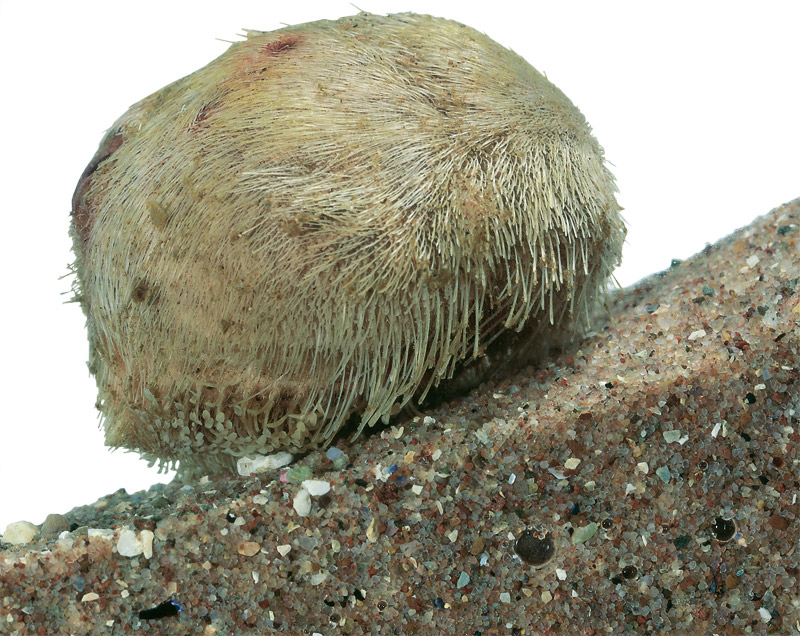
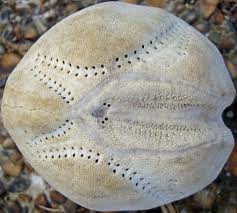
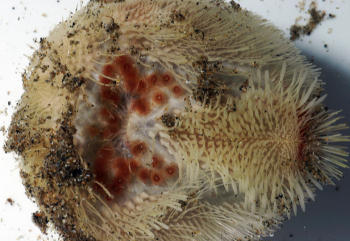
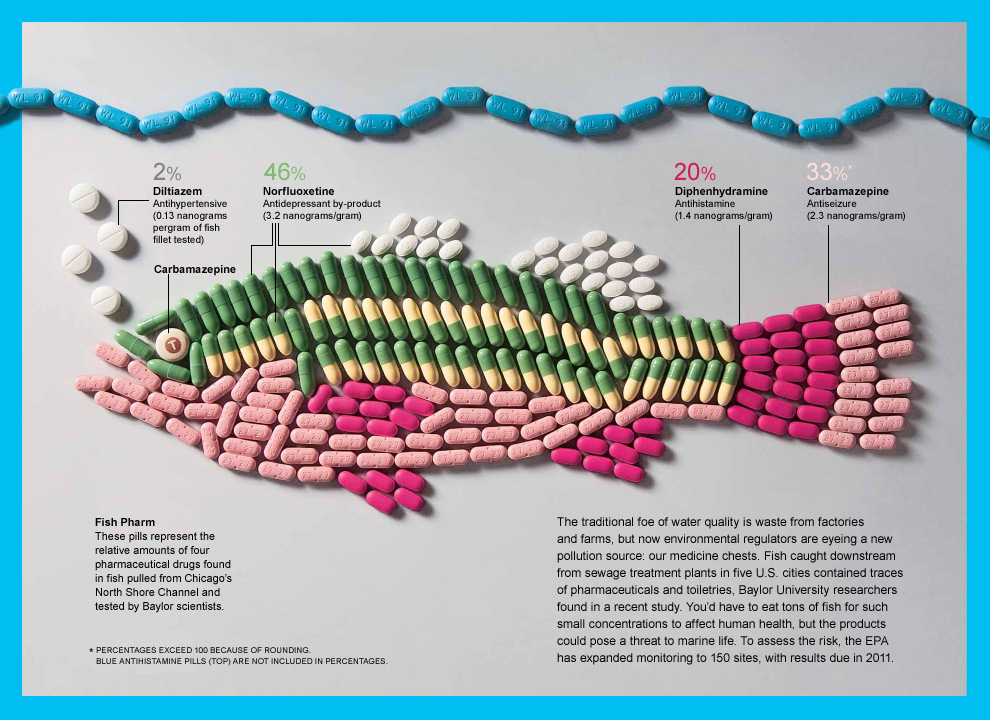
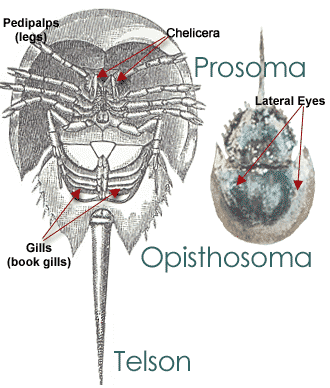
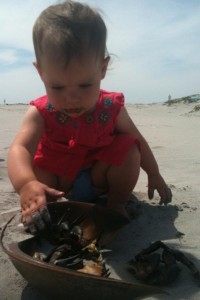
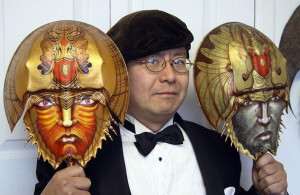
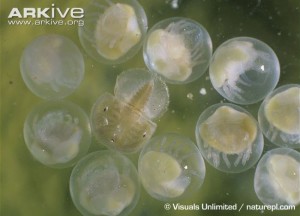
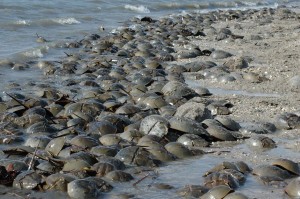
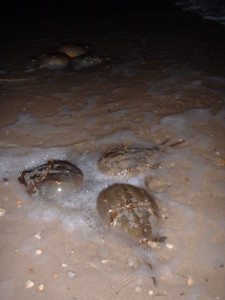
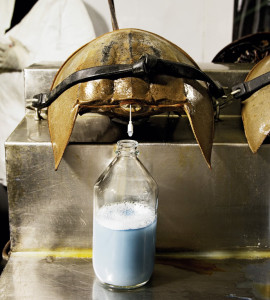
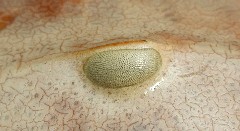
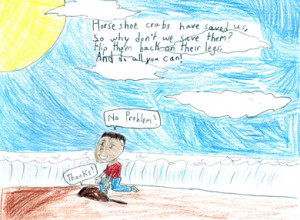

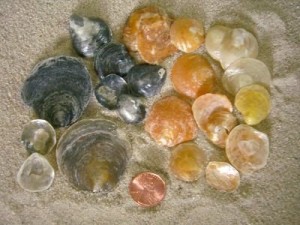
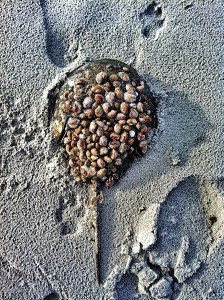
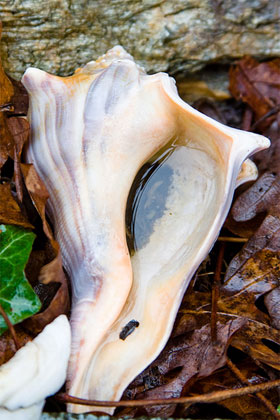
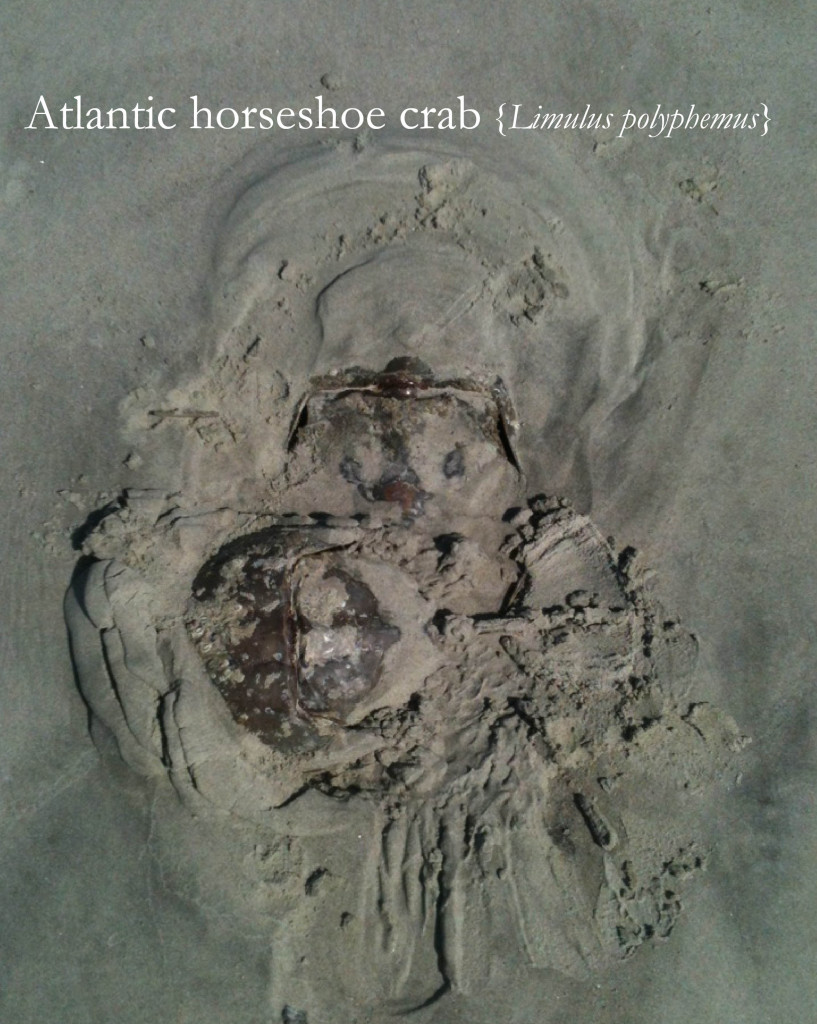
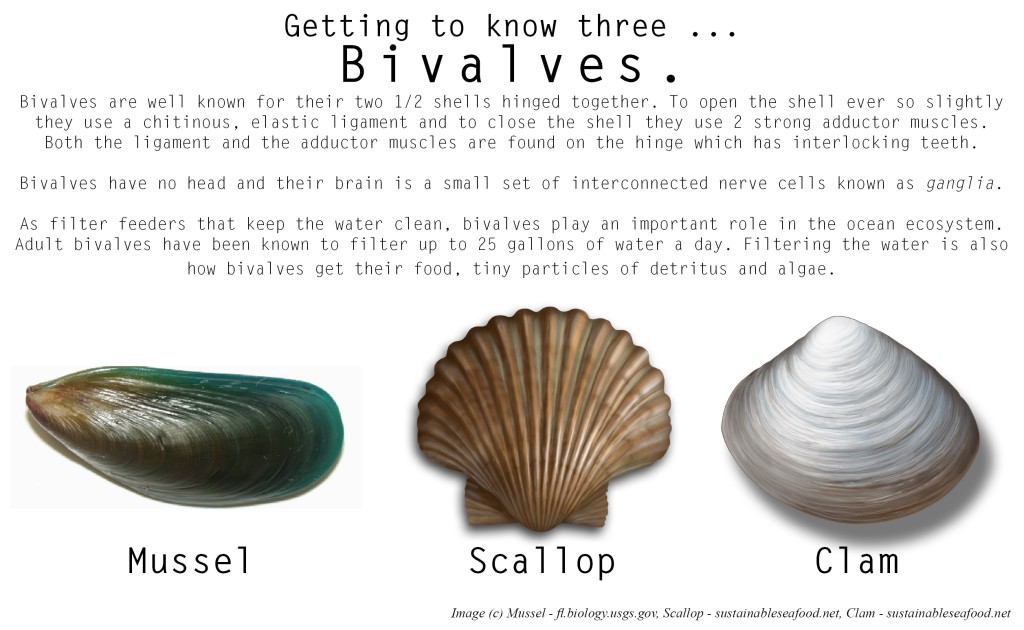







What people are saying …